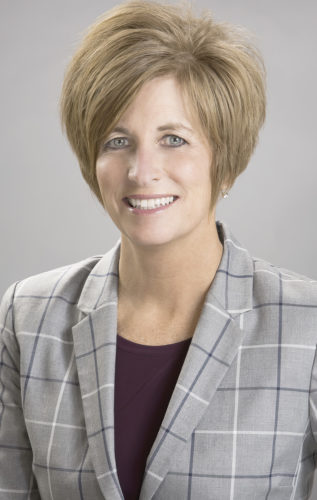“The only place success comes before work is in the dictionary.” This was the saying on our first show camp T-shirts, and it’s an excellent motto to start off a new dairy cattle show season.
With every new year, we hear from youth and parents asking how to plan and host a workshop for youth who want to learn more about exhibiting their dairy projects. Eighteen years ago, we developed a model for our first show camp we found to work well, and the idea has taken off to great heights.
Youth who have participated in these camps have gone on to achieve success in both the show ring and the dairy industry.
Here are five essentials for planning and implementing an informative and enjoyable show camp, clinic or workshop that will help youth succeed.
1. Begin by selecting a date, time and place. While this seems easy, there are a few things to keep in mind. This is going to be an all-day event, so the warmer the weather, the better – not many youth will listen attentively when they are shivering in the cold.
The date selected will depend on the show season and the climate in which you live. Select an area big enough to accommodate the number of anticipated attendees. Camps can be held outside – but always have a back-up plan for inclement weather. Make sure there is room for different teaching stations and a place for lunch.
2. Identify a team of individuals who can help plan and carry out the sessions at the camp. Invite people with different areas of interest and specialties. Look for “coaches” rather than just someone who can talk. Choose an “expert” for each topic, which builds credibility for the program.
Having presenters with different coaching styles helps youth listen and learn attentively. In addition to coaches, an excellent lunch coordinator is vital. This key person can plan the snacks, the meal and make sure all of the logistics of those two pieces are in place. The chairperson of the camp should be free to solve any emergencies that come up or to fill in at the last minute on camp day.
3. Select the topics youth and leaders have identified as key points to cover and learn. If this is the first time hosting a camp, focus on covering the very basics. Showmanship, washing, clipping, show box essentials and display area demonstrations are good places to start.
In subsequent years, topics can be more involved. Cattle selection and pedigrees, hands-on fitting, an actual showmanship contest, nutrition, making signs for the show, feed identification and other more advanced topics will keep youth coming back and challenge them at the same time. Another model to use is to pair an older or more experienced youth with a beginner, which builds teamwork and leadership skills.
4. Collect registrations in a timely manner. Decide whether or not a cutoff number is necessary. Think about these questions: For how many youth and parents is there room? Are there enough sponsorship dollars to cover costs for a certain number of youth? What are the topics or experience levels of the participants?
There are many businesses that will sponsor events for youth, so ask for financial support. From food and milk donations to door prizes or simply to cover expenses, get sponsors to help with costs. A small entry fee signifies a commitment on the campers’ part and holds a place at camp, and helps defray costs as well.
5. It’s camp day. Rather than 100 youth sitting watching a demonstration, break your campers into groups. Assign a group name and leader to each group. Rotate the groups through the schedule; some campers will start at session 1 while others will start at session 5. Allow time in the day to change from station to station.
Plan time for youth to arrive and pick up packets containing items like schedules, name tags and T-shirts, as well as a folder with pre-written information and a pencil or pen. A popular way for youth to keep busy during this time is to set up a photo booth. Get permission from parents on the registration form so the photos can be used and tagged on social media to promote the camp.

Be sure to provide an evaluation form in the packet for feedback and use those comments to tweak the program for next year. Five sessions in a day allows for around 100 youth with 20 in each group. If more than that are attending, it’s a good idea to add more sessions and perhaps shorten the length of the sessions. Like school, youth can only absorb so much in a day. Wrap up the day with lots of door prizes and send youth home on a positive note to end their day and start down a new road to success.
An all-day camp could look like the schedule below.
By following these five simple guidelines for planning and executing a dairy fitting and showing camp or clinic, junior exhibitors can gain knowledge, confidence and skills to take their dairy project to the next level. ![]()
PHOTO 1: Choose an “expert” to instruct participants on each of the topics. For example, someone who is an experienced showman or judge can lend their expertise on showmanship basics.
PHOTO 2: Make a show camp or clinic memorable by sending youth home with a T-shirt and packet of materials. Local dairy businesses are often happy to serve as sponsors. Photos by Laura Luft.
Sample schedule for all-day dairy cattle showing camp or clinic
8:15 a.m. Packet pick up
9 a.m. Welcome and introductions
9:15 a.m. First session
10:20 a.m. Second session
11:20 a.m. Lunch and photo booth opportunities or a short presentation by a sponsor
12:05 a.m. Third session
1:05 p.m. Fourth session
2:05 p.m. Fifth session
3:05 p.m. Wrap up with evaluation form and door prizes










